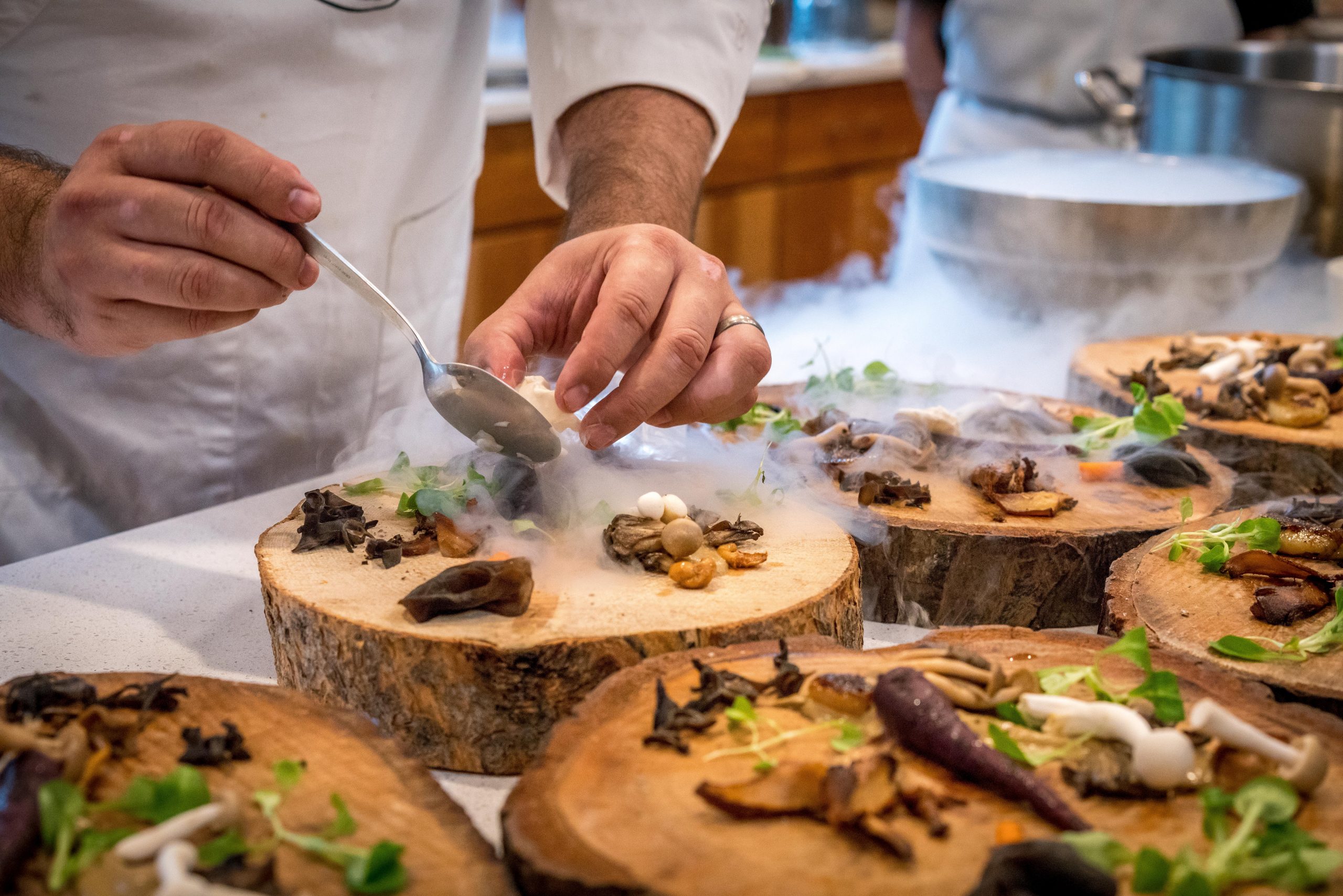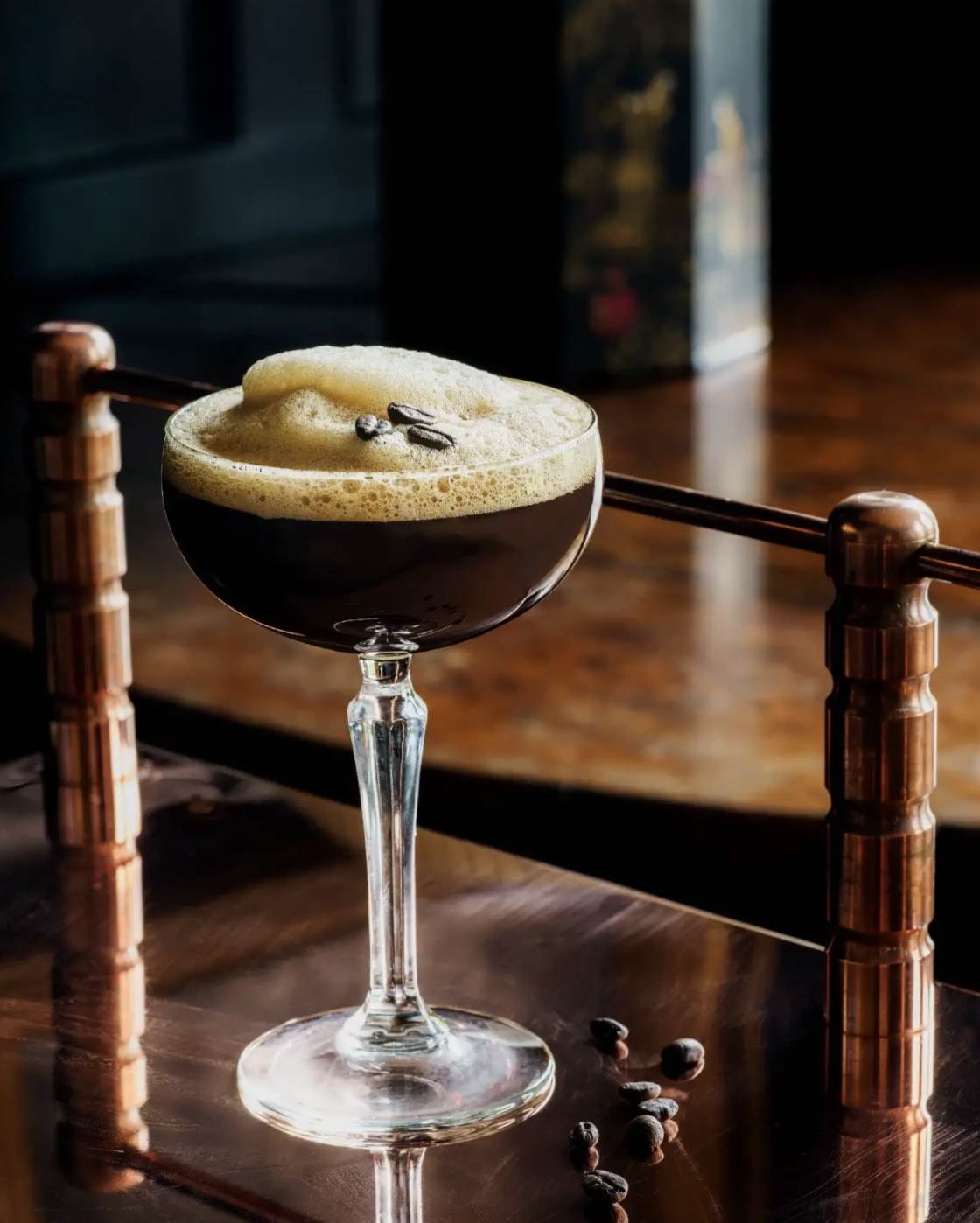New Year Experiences Around the World
As the year comes to a close, we can't help but reflect on the unique experiences that New Year brings in different parts of the world. Traveling during these times is more than just a celebration; it's a reminder of the cultural diversity that enriches our lives. From the dazzling lights in Sydney to the serene reflection in Kyoto, every corner of the globe contributes its uniqueness to this global festivity. Sydney, Australia: luminous display on the Harbour Bridge In vibrant Sydney, Australia, the arrival of the New Year is celebrated with a display of fireworks over the iconic Harbour Bridge and Opera House. This event attracts millions of spectators who gather to witness an unparalleled light show. The question that arises is simple yet intriguing: How can the city make the sky even more impressive than it already is? Rio de Janeiro, Brazil: party on the sands of Copacabana Our next destination takes us to the golden beaches of Rio de Janeiro. Brazil, famous for its carnival, doesn't fall short on New Year. On Copacabana Beach, millions of people gather to participate in a feast of music, dance, and offerings, marking the beginning of a new cycle with an explosion of energy that
The Growing Demand for Vegan Options in the Gastronomy Industry
At the crossroads of culinary innovation and evolving consumer preferences, the gastronomy industry finds itself in an unprecedented transformation. In this article, I am pleased to address the growing demand for vegan options, a phenomenon that extends beyond being a passing trend and solidifies itself as an essential element for the future of the sector. According to a report by EMR Expert Reports, the vegan food sector recorded a significant value, surpassing $24.59 billion in 2022. Projections indicate steady growth, with an estimated CAGR of 10.1% between 2023 and 2028. It is anticipated that by 2028, this market will have exceeded $43.8 billion, showcasing sustained momentum in the preference for such food options. Similarly, data from Research and Markets confirms this trend, revealing that the vegan food market reached a value of over $37.93 billion in 2022, projecting robust growth with the expectation of reaching over $71.26 billion by the year 2030. With that said, the growth of vegan cuisine in the gastronomy industry is driven by several factors, including the rise in awareness of healthy diets, growing concerns about sustainability and the environment, as well as the integration of technological advances in food, that have led to the development of plant-based alternatives
What gastronomic trends are emerging in the luxury sector?
Although the economic landscape has been uncertain, the luxury goods and experiences industry has made significant progress in 2022, with further expansion expected in the coming years despite economic turbulence. These findings come from the 21st edition of the Bain & Company-Altagamma Luxury Study, a collaboration between Bain & Company and Fondazione Altagamma, the trade association of Italian luxury goods manufacturers. The global luxury market analyzed by Bain & Company encompasses both luxury goods and experiences. It comprises nine segments, led by luxury cars, luxury hospitality, and personal luxury goods, which together account for over 80% of the total market. After a severe contraction in 2020 due to the Covid-19 pandemic, the market rebounded to €1.15 trillion in 2021 and surprised everyone in 2022 by growing between 19% and 21%, according to estimates. With this solid database and projections, let's now explore the main gastronomic trends that are shaping the luxury sector. From a focus on vegan products to the appreciation of rare and exotic ingredients, we will discover how these latest trends are captivating the most discerning palates and transforming the culinary experience in the world of luxury. The Vegan Revolution in Fine Dining In response to growing environmental awareness and concern for
High steaks: Wagyu beef market continues to grow
Wagyu beef is growing in popularity and there are few signs of it slowing. In 2021, the global Wagyu market was worth more than $11 billion. This was a banner year as Japan exported around 8,000 tons of the gourmet beef cut. Now, the global market is expected to grow by a compound annual growth rate of 6 percent–making it worth an estimated $16 billion by 2028. The food industry is being impacted by inflation, supply chain issues, and climate change, but Wagyu appears to be weathering the storm. From steak to high-priced burgers, the revered protein is becoming more commonly consumed. Here are the factors driving Wagyu’s popularity: The luxury hospitality sector Known for its tenderness and buttery, umami flavor, Wagyu has been a fine-dining favorite since the 2010s–when Japan lifted its export ban to the United States and European countries. Luxury establishments like restaurants and hotels are still fueling the Wagyu beef market today. While some lucky customers can find Wagyu in high-end grocery and specialty stores, the market is sustained by a business-to-business model–particularly with fine dining. A large majority, 85 percent, of Wagyu sales are B2B. As a testament to the importance of B2B commerce, it’s not uncommon for a Wagyu brand to partner with luxury
Consumers no longer dishing out on food and drink
Over the past year, the Consumer Price Index has risen 6 percent, with the highest peak at 9.1 percent in June last year–the biggest increase since November 1981. Consumers are feeling the brunt of inflation prices, and it is particularly impacting eating out and drinking habits. According to a recent Morning Consult report, more than half of Americans say they’re changing the ways they eat and drink due to inflation. Restaurants continue to take a hit Restaurants face myriad challenges from supply chain shortages, double-digit food inflation, wage increases and higher operating costs, to name a few. And it is no surprise that to keep their doors open, they are raising prices for consumers. But, as consumers look to save their pennies in the current economy, restaurants appear to be the first to get cut. According to the same Morning Consult report, all generations and income levels are equally likely to eat out less to reduce spending over other behaviors. This trend doesn’t just stop at dining in. Americans are also ordering less takeout and fewer restaurant deliveries. This also holds for previously to-go-loving millennials. In 2021, 49 percent of this generation reported dining out at least once a week. In 2023, that number dropped to 40 percent. The
The changing demographics of fine wine investors
In the wake of turbulent economies and multiple bank failures, the market is top of mind for many investors. While some have become more conservative, other investors are looking to diversify their portfolios through alternative assets like wine. At the end of 2022, Liv-ex Fine Wine 1000 (which measures the global market) was up by more than 10 percent of what it was at the beginning of the year. In fact, the market has had an 8 percent compound annual growth for the last 15 years. As more people look to wine as an asset, the landscape of investors is becoming more diverse in background, interests, and investing experience. Here’s a look at the emerging wine investor: Digital investors What was once an asset beloved by collectors and enthusiasts has become more popular with those outside the wine world. This is partially thanks to wine investing now being more accessible, and easier to do, for laymen. Today’s wine investors no longer need to find storage for vintage wines or even spend time authenticating them. Instead, they can use digital platforms to streamline the process of buying, selling, and trading. Platforms like Vinovest have also opened wine investing to new populations of investors, and it looks like these digital spaces are
Grain: Ukraine’s bread and butter
When Russia invaded Ukraine last February, many feared the price of grain would skyrocket. While the cost of war is incalculable on many fronts, this would have been a disaster for Europe and other areas around the world that rely on Ukraine for wheat, maize, and other grains. Known as the continent’s breadbasket, Ukraine is a top exporter of essential grains. The country is the world’s second-largest exporter of barley and fifth-largest exporter of wheat (thanks to its climate and soil). It’s also a large exporter of corn and sunflower oil. While the world waited to see just what would happen, European countries sprung into action to prevent the collapse of Ukraine’s agricultural industry. After all, rising grain prices in Ukraine could have led to dire ramifications around the world, such as food crises and political unrest in Africa and the Middle East. So, although we all expected massive food shortages and sky-high prices, those predictions didn’t fully come to pass. In fact, Ukraine’s grain and agriculture industry is doing better than expected. Here’s why: Europe’s crisis response Ukraine’s grain exportation did take a huge hit when Russia invaded the country. Last year, Russia blocked ports in the Black Sea, which is where a large
Is it Dry January’s last call?
I recently wrote about the growing number of new nonalcoholic bottle shops popping up in major cities–fueled by the burgeoning sober-curious movement. So, it may shock you to learn one of the movement’s more popular trends, Dry January (when people give up alcohol for the first month of the year), is on the decline. You heard that right: Fewer people say they’re participating in 2023’s sober festivities according to a recent survey by Morning Consult. This year, the number of adults who said they would take part in Dry January dropped from 19 percent to 15 percent compared to last year. But the reason why may surprise you. Dry January’s dry spell If more adults are embracing sobriety as a lifestyle (even if it’s just a month-long), then why did Dry January participation take a hit? We just answered our question. One reason fewer people are partaking is because people are drinking less overall. This is especially true for millennials. In December 2021, almost 70 percent said they drink. Last December, that number dropped to 62 percent. This is huge for a generation that reports drinking alcohol more frequently than others. And, ironically, Dry January participation might also be down due to last year’s success. That is, 2022’s
Is it Dry January’s last call?
I recently wrote about the growing number of new nonalcoholic bottle shops popping up in major cities–fueled by the burgeoning sober-curious movement. So, it may shock you to learn one of the movement’s more popular trends, Dry January (when people give up alcohol for the first month of the year), is on the decline. You heard that right: Fewer people say they’re participating in 2023’s sober festivities according to a recent survey by Morning Consult. This year, the number of adults who said they would take part in Dry January dropped from 19 percent to 15 percent compared to last year. But the reason why may surprise you. Dry January’s dry spell If more adults are embracing sobriety as a lifestyle (even if it’s just a month-long), then why did Dry January participation take a hit? We just answered our question. One reason fewer people are partaking is because people are drinking less overall. This is especially true for millennials. In December 2021, almost 70 percent said they drink. Last December, that number dropped to 62 percent. This is huge for a generation that reports drinking alcohol more frequently than others. And, ironically, Dry January participation might also be down due to last year’s success. That is, 2022’s
A brewing trend: The espresso martini
Like fashion and entertainment, the food and beverage industry also has a taste for nostalgia. With cocktails like the cosmopolitan making their way back into the mainstream, bars and restaurants in major cities are feeling more like the 1990s these days. While both old-school recipes and creative takes on originals are back in vogue, the espresso martini is emerging as the “it” cocktail. As legend has it, late London bartender Dick Bradsell created this trendy cocktail in 1983 at the request of a model in need of a caffeine boost. Bradsell crafted the drink, originally called the vodka espresso, with espresso, coffee liqueur, and vodka–the same ingredients used today (along with coffee beans for garnish). Bradsell was clearly on to something, as his caffeinated cocktail became extremely popular in the 1990s. Like many trends though, the espresso martini lost its buzz in the 2000s. Instead, people began gravitating to more bitter drinks. Now, however, the espresso martini is back in a big way. The drink is having such a resurgence in popularity that you might be tempted to check the year on your calendar. In the first half of 2021, American food and restaurant reviewers mentioned the espresso martini 300 percent more compared to the first half of 2018. Unsurprisingly,









